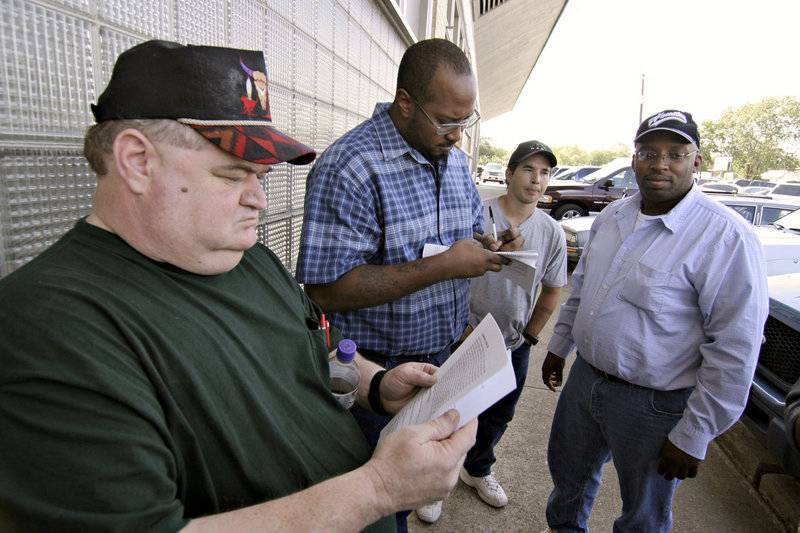PORTLAND – The Maine Department of Labor recently announced that it will be launching a “work-share” program, which provides employers an alternative to layoffs during an economic downturn.
Last year, the Legislature passed a bill I introduced to create this program with strong bipartisan support. Thanks to a little extra help from the Obama administration and the work of the Legislature, the program launched this June.
The work-sharing programs allow businesses to reduce hours for employees, while allowing the workers to collect a limited amount of unemployment insurance as a stopgap. This is a proven way to help businesses weather the storm of an economic downturn, and it also helps families limit the damage of losing a job completely.
In February, President Obama signed the Middle Class Tax Relief and Job Creation Act of 2012, which Congress passed to provide additional assistance to states that participated in the work-share program.
Here’s how it works: Rather than waiting until companies have to lay off a large portion of their employees, businesses would have the option of reducing hours for an entire division or department, and enabling those workers to collect a proportional share of their unemployment insurance benefits.
Under the current system, if a company needs to reduce payroll for several months to weather a downturn, it might have to lay off 20 percent of its employees, who end up collecting unemployment insurance benefits while their former co-workers keep on working full-time at their regular pay.
Under work-sharing, businesses can avoid layoffs entirely, keep all of their trained and valuable employees and plan to bounce back by reducing workers’ hours and allowing them to access a limited amount of unemployment insurance benefits.
Twenty other states have implemented work-sharing, including New Hampshire, Massachusetts and New York. Those states were able to help large numbers of people keep their jobs when they would otherwise have lost them.
New York state’s Shared Work program saved nearly 11,000 jobs at more than 2,200 companies. Massachusetts’ WorkSharing program enrolled more than 9,900 workers at 450 companies, directly saving 2,500 jobs.
This program will literally save jobs.
We’ve seen it work in other states, and now Maine has an opportunity to make it work here.
The work-share program ensures that our middle-class families and small businesses don’t fall through the cracks.
Under the current system, Maine workers who are laid off and collect unemployment end up with an average income of $285 per week, less than half of what they were making when they were employed.
Under work-sharing, everyone would keep their job, bear a little bit of the sacrifice and be able to collect a share of the unemployment benefits to make up for hours lost. This program could result in income reductions of as little as 10 percent for workers who would otherwise need to be laid off — with no added cost to the state.
Work-sharing would also benefit Maine’s businesses and our economy. One of the greatest impediments to job creation coming out of the recession is recruiting and training good employees. Work-sharing allows employers to hold on to skilled, experienced workers and maintains productivity by bolstering morale, which typically suffers greatly during a mass layoff.
Avoiding job losses also eases the impact on local businesses that depend on workers’ spending on goods and services, minimizing the domino effect of secondary job losses that inevitably result from layoffs.
What is more, by bolstering a wider base of consumer spending and decreasing the number of laid-off workers depending on health care and other public services, work-sharing can lower the burden on state and local governments.
This program is truly a win for everyone.
Democratic Rep. Diane Russell represents Portland’s East End in the Maine House.
Send questions/comments to the editors.



Success. Please wait for the page to reload. If the page does not reload within 5 seconds, please refresh the page.
Enter your email and password to access comments.
Hi, to comment on stories you must . This profile is in addition to your subscription and website login.
Already have a commenting profile? .
Invalid username/password.
Please check your email to confirm and complete your registration.
Only subscribers are eligible to post comments. Please subscribe or login first for digital access. Here’s why.
Use the form below to reset your password. When you've submitted your account email, we will send an email with a reset code.